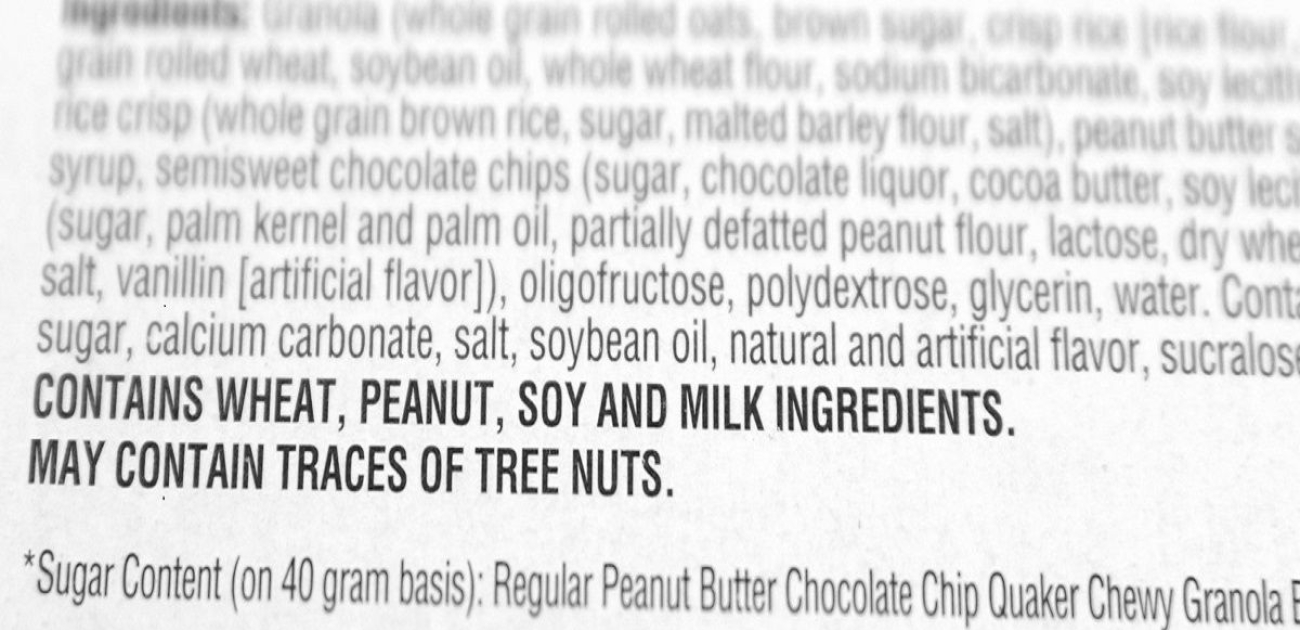«100% Allergen Free» : Similar Claims, Different Decisions
There are many particulars which must appear on the packaging of prepackaged foodstuffs sold to consumers. The obligation to mention these particulars such as the allergens, the ingredients or the nutrition declaration is regulated at EU level through Regulation (EU) No 1169/2011 of the European Parliament and of the Council of 25 October 2011 on the provision of food information to consumers.
The FIC Regulation establishes an exhaustive list of 14 substances or products causing allergies or intolerances which must be mentioned on a product’s packaging when contained in the manufacture or preparation of it. These are: cereals containing gluten, crustaceans, eggs, fish, peanuts, soybeans, lactose, nuts, celery, sesame seeds, sulphur dioxide and sulphites, lupin and molluscs. The fact that this list only contains 14 allergens does not mean, however, that other substances may not cause any allergy or intolerance. The FIC Regulation recognizes in this regard that other substances may have allergenic of intolerance effect and may be added to the list.
On the other hand, an increasing number of food products do not contain any allergens. Many advertisers try to take advantage of this when advertising their products since an increasing part of the population suffer from food allergies. “Cleans labels” such as “100% allergen free” are however not regulated at EU or Belgian level and must only comply with the general prohibition on misleading advertising. But does such claim mean that the consumer can be 100% sure that nothing in product might cause him/her an allergic reaction? Or does it only mean that none of the 14 FIC regulated allergens is contained in the product?
Two complaints have been lodged on this matter over the past months before self-regulated advertising bodies: one before the Belgian Jury for Ethical Practices on Advertising (Jury d’Ethique Publicitaire/Juryvoor Ethische Praktijken inzake reclame) and two before the Dutch Advertising Commission (Reclame Code Commissie). While the rulings of the two authorities appear to be conflicting, they are at the end, consistent with each other.
In the Magic Chocolates case, the JEP ruled that the claim “allergen free” appearing on a website was not misleading since the advertiser clearly indicated that the claim “allergen free” referred to the 14 regulated allergens and listed them.
In the cases lodged before the RCC, the authority ruled that a general “allergen free” claim mentioned on websites unfairly misled the consumer to believe that it was entirely safe, although the products had traces of substances that might cause other allergic reactions to some consumers. As such, by forgetting to specify that the claim was limited to those 14 FIC regulated allergens, any average consumer would reasonably conclude that it is completely risk-free and would make a decision that, if known, he/she would not have made.
To avoid problems, both the packaging and advertising of any such food product should therefore clearly mention that it is free of any of the 14 allergens from the FIC Regulation and not give the impression that it does not contain any allergen at all. When it comes to advertising, problems not only occurs when wrong information is given to consumers but also when substantial information is omitted.
Do you want more information?
 Gregory Sorreaux
Gregory SorreauxGrégory provides strategic, business-oriented advice and has litigation skills under IP law, food law, market practices, product regulation and commercial disputes.
